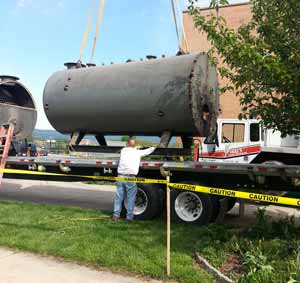Retrofits Deliver Bottom-Line Benefits to Healthcare Facilities
Part 1 of a 4-part article on retrofits in healthcare facilities
Planning and performing retrofits and upgrades of any type of institutional and commercial facility is a complex undertaking. Maintenance and engineering managers involved in these projects have to balance a range of issues that includes facility schedules, staff workloads, new technology and materials, and budgets. But for managers in healthcare facilities, the challenges are even greater because overlying everything is the need to protect the health and safety of patients.
For as complex as healthcare upgrades and retrofits are, they still need to achieve the same goals as projects in any other facilities, from greater energy efficiency and cost savings to enhanced occupant comfort and safety.
Retrofit Lessons: K-12 Schools

In many cases, the scope of these challenges and goals means managers need to play a central role in order to ensure the project’s success.
“As good as consultants can be and as much as they want to do the right thing by their clients, nobody represents the owner as well as the owner,”  says Greg Harubin, facilities management director with Day Kimball Healthcare in Putnam, Conn.
says Greg Harubin, facilities management director with Day Kimball Healthcare in Putnam, Conn.
“It’s your house. You own it long-term. No one else looks at a project the way the owner does and has that long-term perspective.”
Related Topics:














